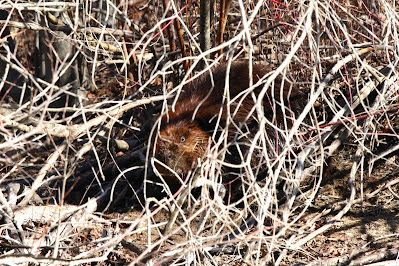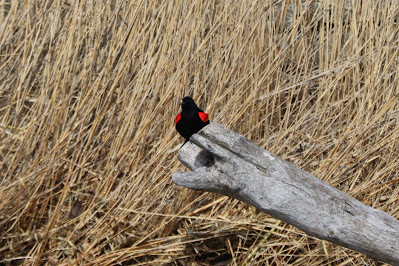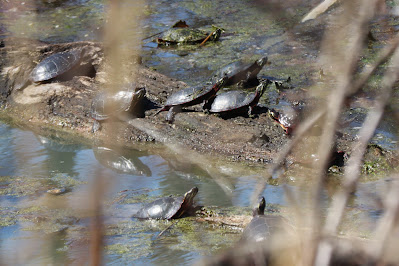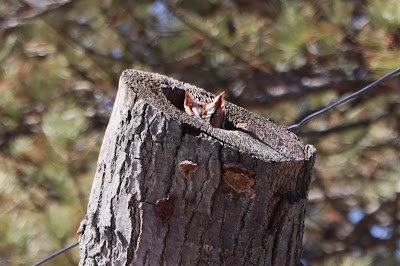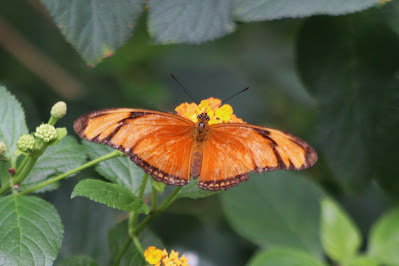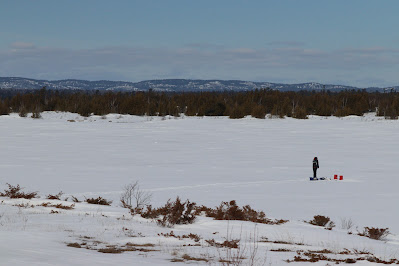Canada's Largest Rodent!
A special treat greeted me in the park this morning! From a distance, I watched a swimming animal which I originally suspected was a muskrat. After watching quietly for about 10 minutes, a Beaver eventually swam to the shoreline close to where I was standing!
Beavers are excellent swimmers and can even chew underwater without getting water in their lungs, thanks to a special flap at the back of their mouths. They have clear membranes over their eyes that help them to see underwater. They can even hold their breath for up to 20 minutes while working under water!
https://canadiangeographic.ca/articles/animal-facts-beaver/
Beavers use their tails as propellers when swimming and to prop themselves up when standing or sitting on land. Strong tails are also used to pat mud into place when building a dam or lodge. They are the largest rodents living in Canada.
https://canadiangeographic.ca/articles/animal-facts-beaver/
Their diet consists of new tree bark, mostly from birch, aspen, willow, alder and cottonwood. Twigs, leaves and pond vegetation are also in their diet.
https://canadiangeographic.ca/articles/animal-facts-beaver/
Strong toenails are visible if you look closely at the raised foot.
After filling up on vegetation, he settled in for a rest. The beaver has traditionally been an animal of great importance to First Nations in North America as a cultural icon and food source. Beaver pelts were the basis of trade with European settlers, starting in the 1530's. Due to its impact on the history and development of Canada, the beaver is considered an official emblem of the country!
https://canadiangeographic.ca/articles/animal-facts-beaver/






